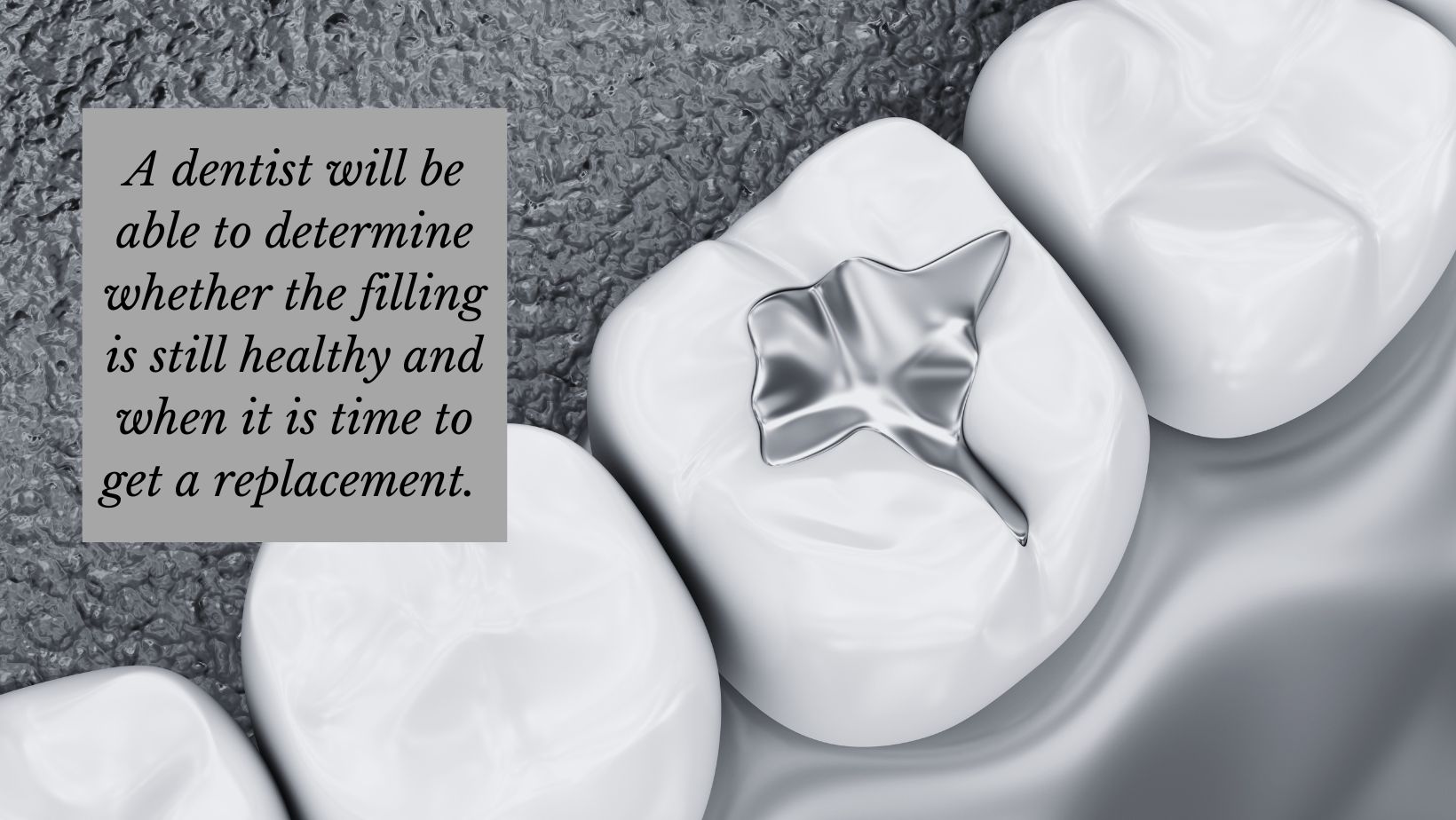The expense, time investment, and discomfort associated with getting a filling will have you wondering how long your dental fillings last. No one wishes to revisit the dentist’s chair sooner than necessary. By carefully selecting the right type of filling from the start and practicing good dental hygiene, you can significantly extend the life of your dental restorations.
What is a Dental Filling?
According to the CDC (Centers for Disease Control and Prevention), more than half (57%) of teenagers aged 12 to 19 have had a cavity, and among adults aged 20 and older, about 90% have had at least one cavity. For centuries, dental restorations, also called fillings, have been the most common and simple solution to the widespread problem of tooth decay.
Tooth decay is caused by bacteria that buildup on teeth and start to eat away at the enamel. A small hole, or cavity, forms and this needs to be addressed before it gets worse. A cavity will not heal on its own so it’s crucial to have a dentist fill the cavity.
Do Dental Fillings Last Forever?
Unfortunately, fillings don’t last forever. Several factors determine exactly how long they will last, including the size of the cavity and the amount of wear and tear the tooth experiences. For example, molars do the hard work of grinding up food, so fillings there might not last as long as those in front teeth.
The most important factor, however, is the material used to fill the tooth. While all fillings are durable, certain substances hold up longer than others.
How Long Does a Filling Last?
There are four common materials used for dental fillings: gold, amalgam, composite, and porcelain. They differ in looks and price point. Patients may wish to consider all of these factors, as well as the durability and how long each type of filling lasts before having their cavity filled.
How long do fillings last? This question does not have a cut-and-dry answer. Each type of filling has an average lifespan, but not a definite expiration date. Some fillings last many years longer than expected, while others (especially those that get a lot of wear and tear) may fail sooner than their average lifespan.
Gold Fillings Last 15-30 Years
Gold fillings last the longest of all restoration types. Gold is the most durable material for a filling and can withstand years of biting and chewing.
Gold fillings are not pure gold. Copper and some other metals might be mixed in. Even so, it’s not surprising that gold is also the most expensive option for filling a cavity. It can cost up to 10 times more than the cheapest material. Another drawback for some people is the visibility of a gold filling. Gold will stand out and be noticeable in the mouth.
Amalgam (Silver) Fillings Last 10-15 Years
Amalgam fillings are often called silver fillings because of their color. They do contain some silver, along with copper, tin, and other metals including mercury. Many people think silver fillings are toxic, but the type of mercury used is not absorbed into the bloodstream. These fillings have been declared safe by several dental and medical groups. Some patients, however, may be allergic to them.
For more than 100 years up until about 25 or 30 years ago, amalgam was the most popular choice for both dentists and patients. Not only is amalgam the least expensive option but it is also quite durable. Most dentists no longer offer amalgam because of the availability of materials that better match the natural color of the teeth (and because of the concerns about mercury).
Composite Fillings Last 5-7 Years
Composite fillings are made of resin, which is a hard polymer, mixed with glass or quartz particles. They tend to wear out faster and don’t stand up to pressure as well as the metal-based gold or amalgam fillings. Composite is also more expensive, sometimes almost double the cost of amalgam.
Composite is a popular choice for patients. The main reason people are willing to pay more for a composite filling that won’t last as long as a metal filling is aesthetics. Composite fillings can be made to match the patient’s natural tooth color almost exactly. People can keep a white smile instead of a mouth full of gold or silver fillings.
Porcelain Fillings Last 5-10 Years
Porcelain or ceramic fillings have a lifespan similar to composite fillings but can be as pricey as gold. Like composites, they can match the natural color of the teeth. Porcelain is harder than the resin used in composite fillings, so it can usually last slightly longer on high-impact teeth like molars.

How Often Do Fillings Need to be Replaced?
Fillings do not need to be replaced based only on how many years they have been in the patient’s mouth. A dentist will be able to determine whether the filling is still healthy and when it is time to get a replacement. It is important to replace fillings that are worn out or damaged because they could be letting bacteria and infection in, which is what caused the original cavity.
Signs a filling needs replacing:
- If there is a noticeable crack
- If the filling moves or gives when touched
- If the filling falls out. Loose or missing fillings are more likely to fall out with large cavities, as there is less natural tooth to hold and support the filling.
Make Dental Fillings Last Longer
Patients can enhance the longevity of their dental fillings with a consistent dental care regimen:
Practice daily brushing and flossing. And steer clear of biting down on hard foods or ice as it can potentially harm the filling material. Schedule dental checkups every six months. Finally, opt for durable filling materials when available.
Make an Appointment through the Dental Health Society
If you need a cavity filled or a filling replaced use our search tool to find the right dentist for you.


